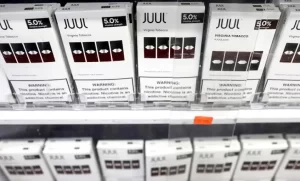
The capital of Peru experienced higher-than-expected inflation in March, slowing down less than anticipated as important supply chains in the mining, tourist, and agribusiness sectors were unaffected by demonstrations.
In March, consumer prices in Lima increased by 8.4% from a year earlier, above the consensus expectation of five economists surveyed by Bloomberg by 1%.
According to statistics agency INEI, inflation increased by 1.25 percent on a monthly basis, which is higher than any of the six experts questioned by Bloomberg had predicted. A price increase of 0.9 percent was the median prediction.
The central bank of Peru is battling persistently high inflation that has gotten worse as a result of anti-government demonstrations. Since January, when the unrest peaked, it has been waning, with protests largely limited to the Andean. Peru’s central bank has held the interest rate at 7.75 percent for two consecutive months, after its steepest series of hikes ever. The bank will reassess its benchmark rate at its monthly meeting in April.







